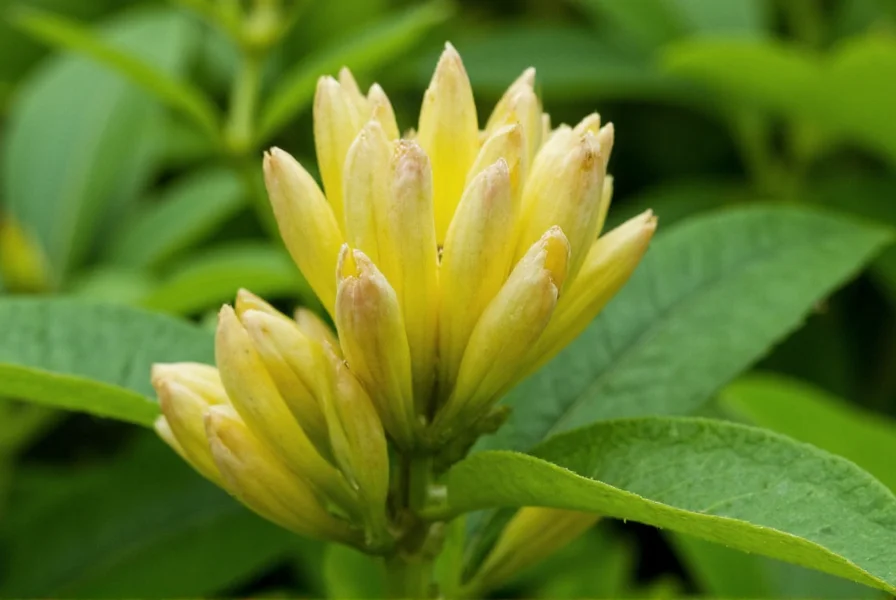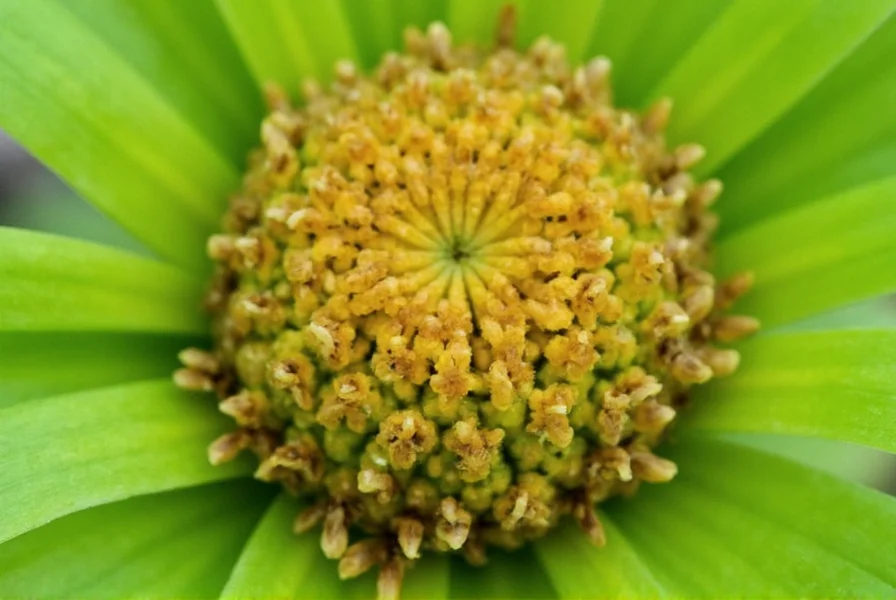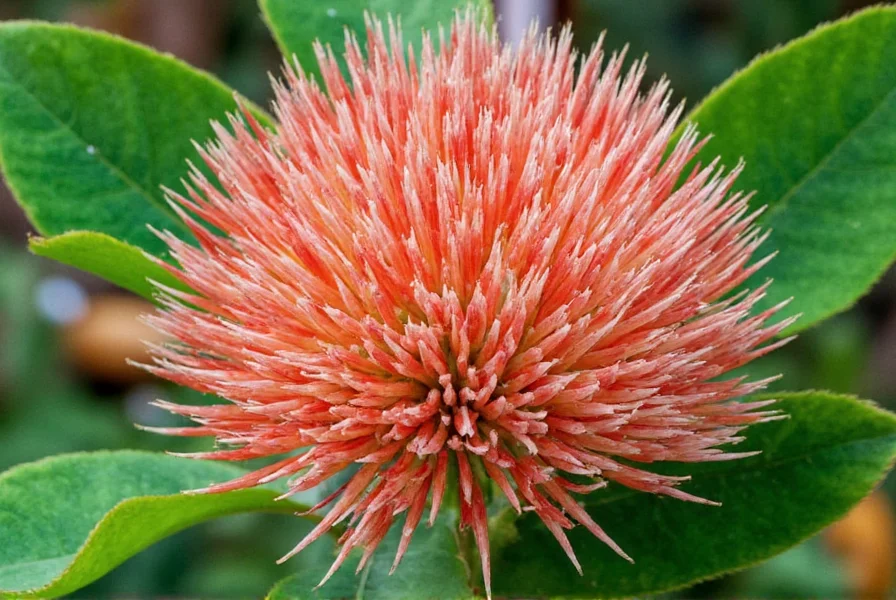Many gardeners and cooking enthusiasts wonder about the botanical nature of ginger, often searching for information about "ginger trees." Understanding the true growth habits of this popular spice is essential for proper cultivation and appreciation of its unique biology.
Botanical Reality: Ginger's Growth Structure
Ginger belongs to the Zingiberaceae family, which includes other aromatic plants like turmeric and cardamom. Unlike trees that develop woody stems and branches, ginger plants feature:
- Fleshy underground rhizomes (often mistakenly called "roots") that store nutrients
- Leafy green stems that grow vertically from the rhizome
- Annual growth cycle where the above-ground portion dies back after harvest
- No secondary growth or lignin production that creates woody tissue
The confusion about ginger trees likely stems from:
- Misinterpretation of "root" in "ginger root"
- Similar naming conventions with actual tree species like Alpinia zerumbet (sometimes called "shell ginger")
- Lack of understanding about herbaceous perennial growth habits
Plants Mistaken for Ginger Trees
Certain plants with "ginger" in their common names do have tree-like characteristics:
| Plant Name | Actual Classification | Relation to Culinary Ginger |
|---|---|---|
| Myoga ginger | Herbaceous perennial (Zingiber mioga) | Closely related, edible flower buds |
| Shell ginger | Shrub (Alpinia zerumbet) | Distant relative, ornamental |
| Kaempferia galanga | Herb (commonly called sand ginger) | Related species, different rhizome |
None of these are true trees, though some like shell ginger can reach shrub-like proportions. Culinary ginger (Zingiber officinale) remains strictly a non-woody herb.
Growing Ginger: Practical Considerations
Understanding that ginger isn't a tree affects how you should cultivate it:

- Climate requirements: Ginger thrives in USDA zones 9-12 as a perennial, but gardeners in cooler climates can grow it as an annual or in containers
- Soil needs: Rich, well-draining soil with high organic matter content mimics its natural tropical forest floor habitat
- Water requirements: Consistent moisture without waterlogging - approximately 1-2 inches per week
- Harvest timing: Most varieties mature in 8-10 months when leaves begin to yellow
Common Ginger Cultivation Mistakes to Avoid
Gardeners expecting a "ginger tree" often make these errors:
- Planting too deep (rhizomes should sit just below soil surface)
- Providing full sun exposure (ginger prefers partial shade)
- Overwatering during dormancy periods
- Expecting year-round production in temperate climates
Successful ginger cultivation requires understanding its herbaceous nature. When growing ginger at home, select fresh, plump rhizomes with multiple growth eyes from a reliable source. Plant them in a warm, humid environment with dappled sunlight for best results.

Botanical Significance of Ginger's Growth Pattern
The herbaceous growth habit of ginger provides evolutionary advantages in its native Southeast Asian habitat:
- Seasonal die-back protects the plant during dry periods
- Rhizome storage allows quick regrowth when conditions improve
- Low growth profile reduces wind damage in tropical environments
- Energy conservation through annual dormancy cycles
This growth strategy differs fundamentally from trees, which invest energy in permanent woody structures. The misconception about ginger trees likely persists because many spice-producing plants (like cinnamon or nutmeg) do come from trees, creating an expectation that doesn't apply to ginger.
Practical Applications of Ginger Knowledge
Understanding that ginger isn't a tree affects how we use it:
- Culinary preparation: The rhizome structure creates the distinctive fibrous texture
- Medicinal properties: Active compounds concentrate in the rhizome rather than woody tissue
- Storage methods: Requires different preservation techniques than tree-derived spices
- Harvesting process: Involves digging rather than picking from branches
When searching for information about growing ginger, using accurate terms like "ginger plant care" or "how to cultivate ginger rhizomes" will yield more helpful results than "ginger tree cultivation," which often leads to misinformation.
Frequently Asked Questions
Does ginger grow on trees or bushes?
Ginger does not grow on trees or bushes. It is a herbaceous perennial plant that grows from underground rhizomes. The plant produces leafy stems that reach 2-4 feet in height but lacks any woody structure. The confusion often arises because many spices come from trees, but ginger belongs to a different botanical category.
How tall does a ginger plant grow?
A mature ginger plant typically grows 2-4 feet tall, depending on the variety and growing conditions. The height comes from the leafy green stems that emerge from the rhizome, not from a woody trunk. In optimal tropical conditions with rich soil and consistent moisture, some varieties may reach up to 5 feet, but they never develop tree-like characteristics.
Can you grow ginger indoors as a houseplant?
Yes, you can successfully grow ginger indoors as a houseplant. Use a wide, shallow container with well-draining potting mix, place it in bright indirect light, and maintain consistent moisture and high humidity. Ginger makes an attractive foliage plant even if you're not harvesting the rhizomes. Indoor plants typically reach 2-3 feet in height and require winter dormancy periods with reduced watering.
What's the difference between ginger root and ginger rhizome?
The term "ginger root" is a misnomer - what we call ginger root is actually a rhizome, which is an underground stem modification. True roots absorb water and nutrients, while rhizomes store energy and produce new growth. Ginger rhizomes have nodes (growth points) and grow horizontally, unlike taproots which grow vertically. This distinction matters for planting, as you should position the rhizome with growth eyes facing upward.
How long does it take to grow ginger from planting to harvest?
Ginger typically requires 8-10 months to reach full maturity from planting to harvest. You'll know it's ready when the leaves begin to yellow and die back naturally. For嫩姜 (young ginger), you can harvest earlier at 4-6 months, but the rhizomes will be smaller and more delicate. The growth timeline varies based on climate, with tropical regions achieving faster growth than temperate zones.











 浙公网安备
33010002000092号
浙公网安备
33010002000092号 浙B2-20120091-4
浙B2-20120091-4